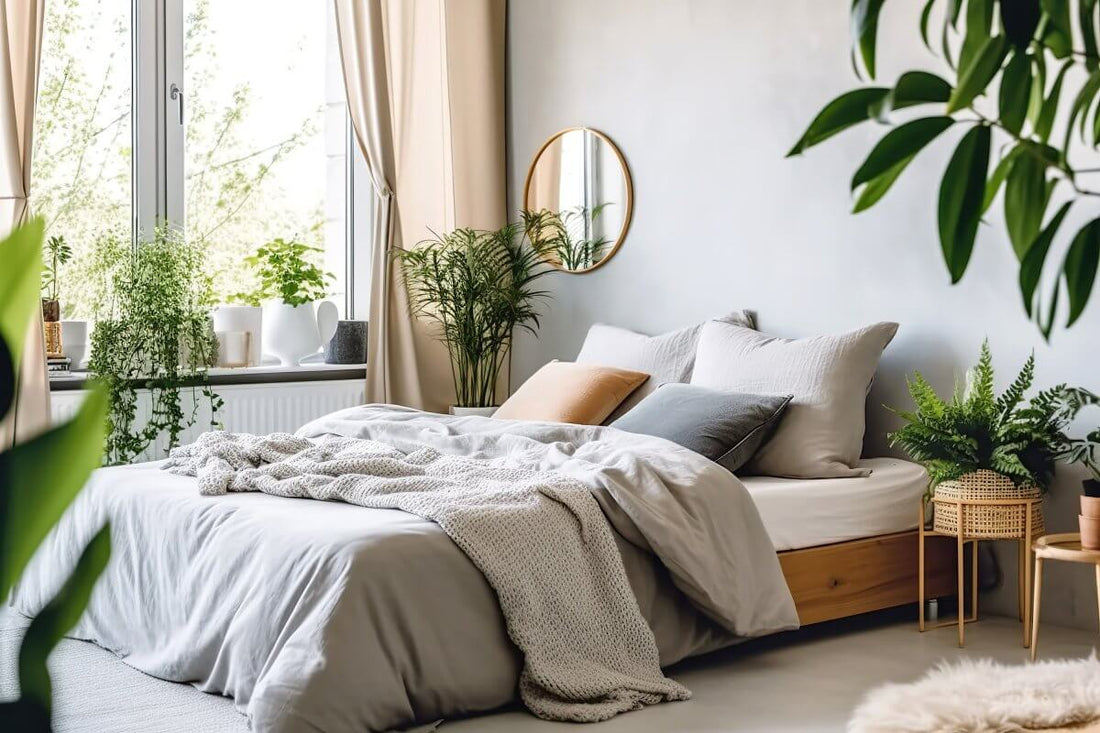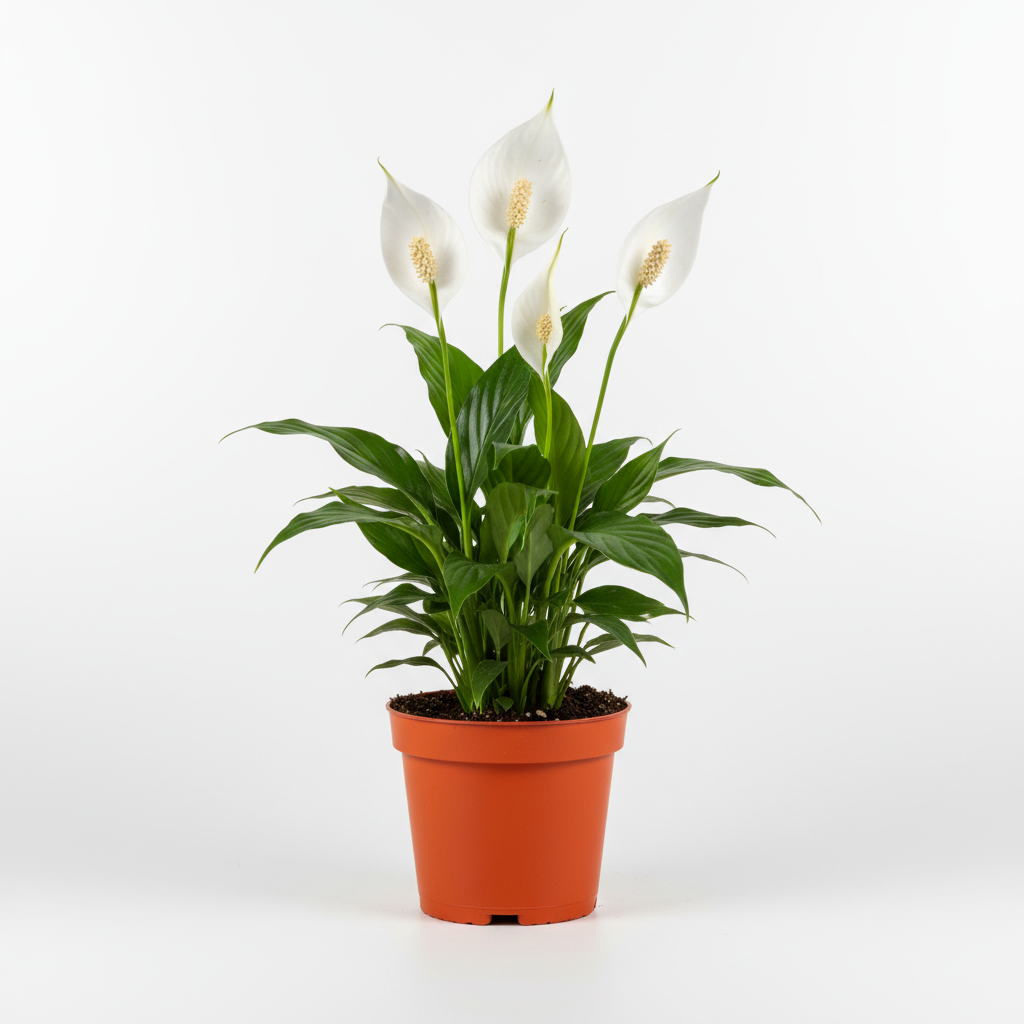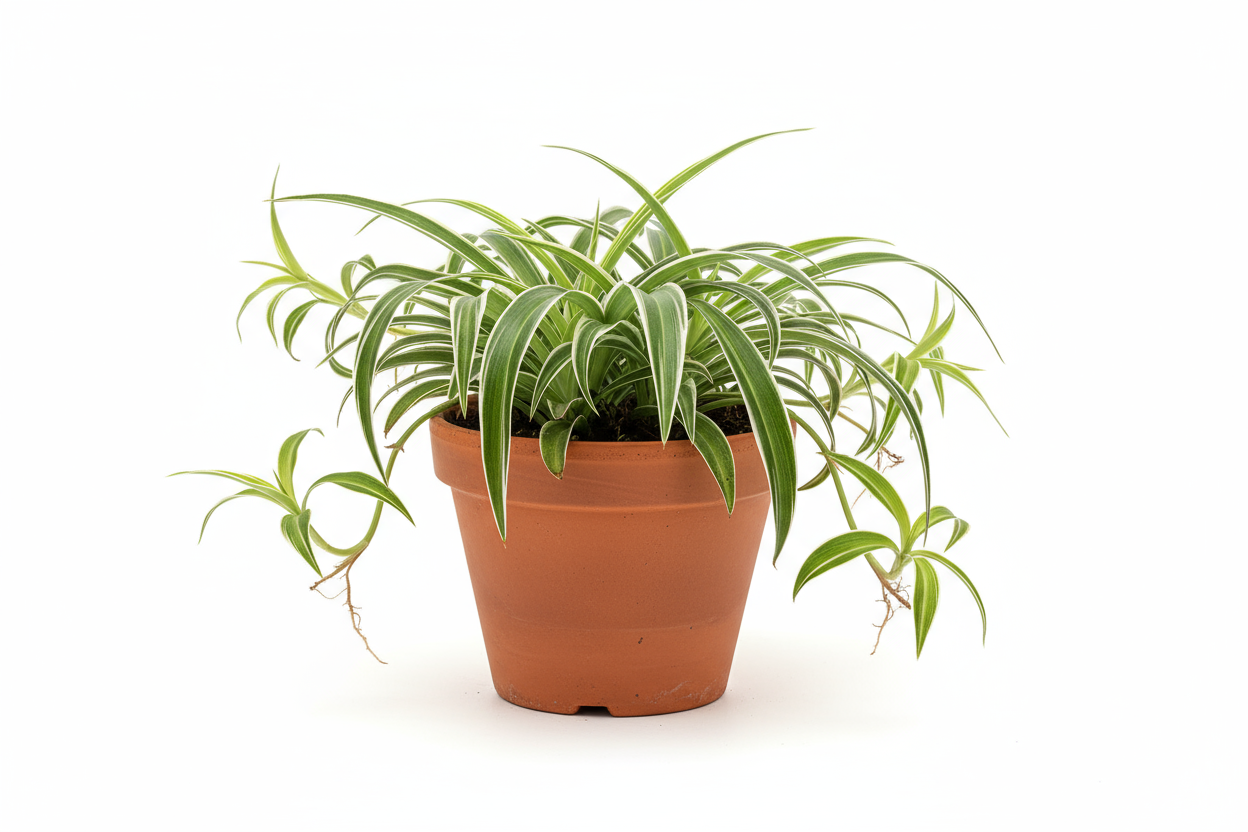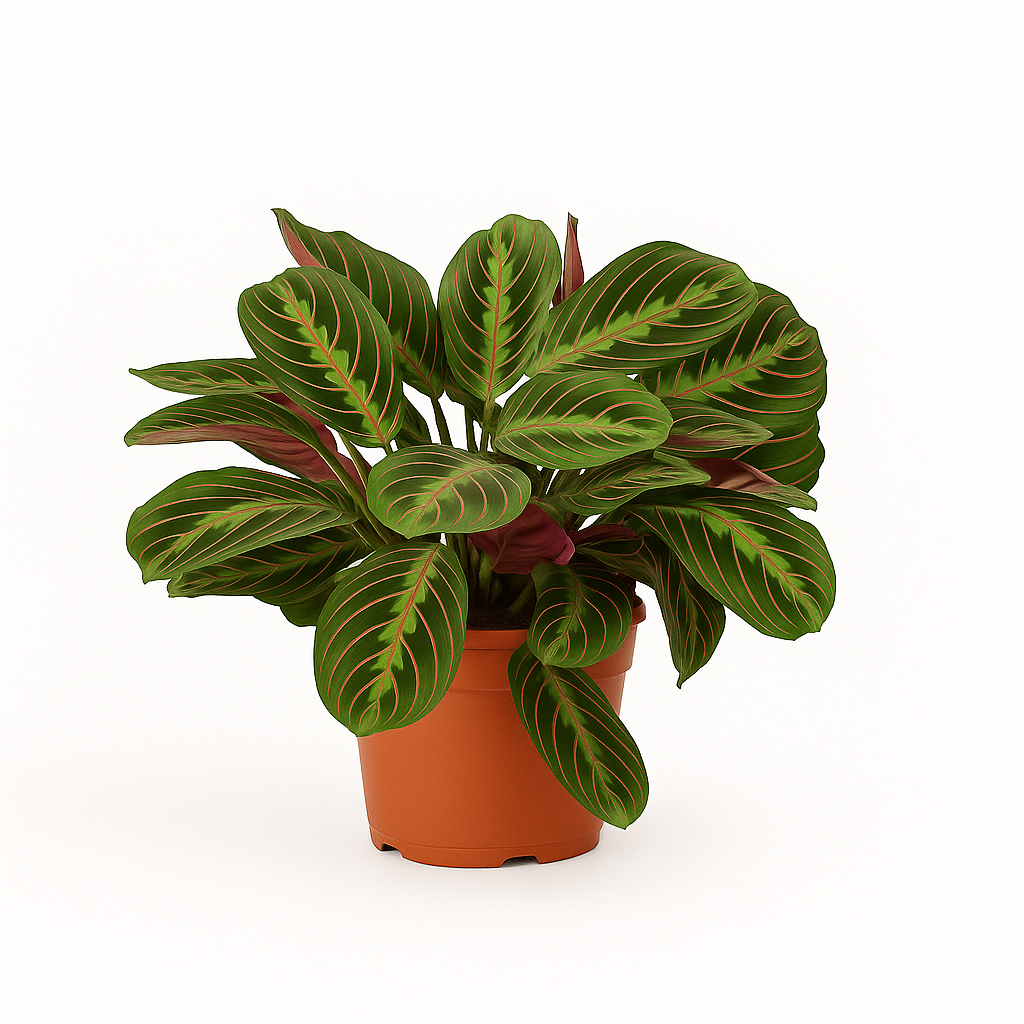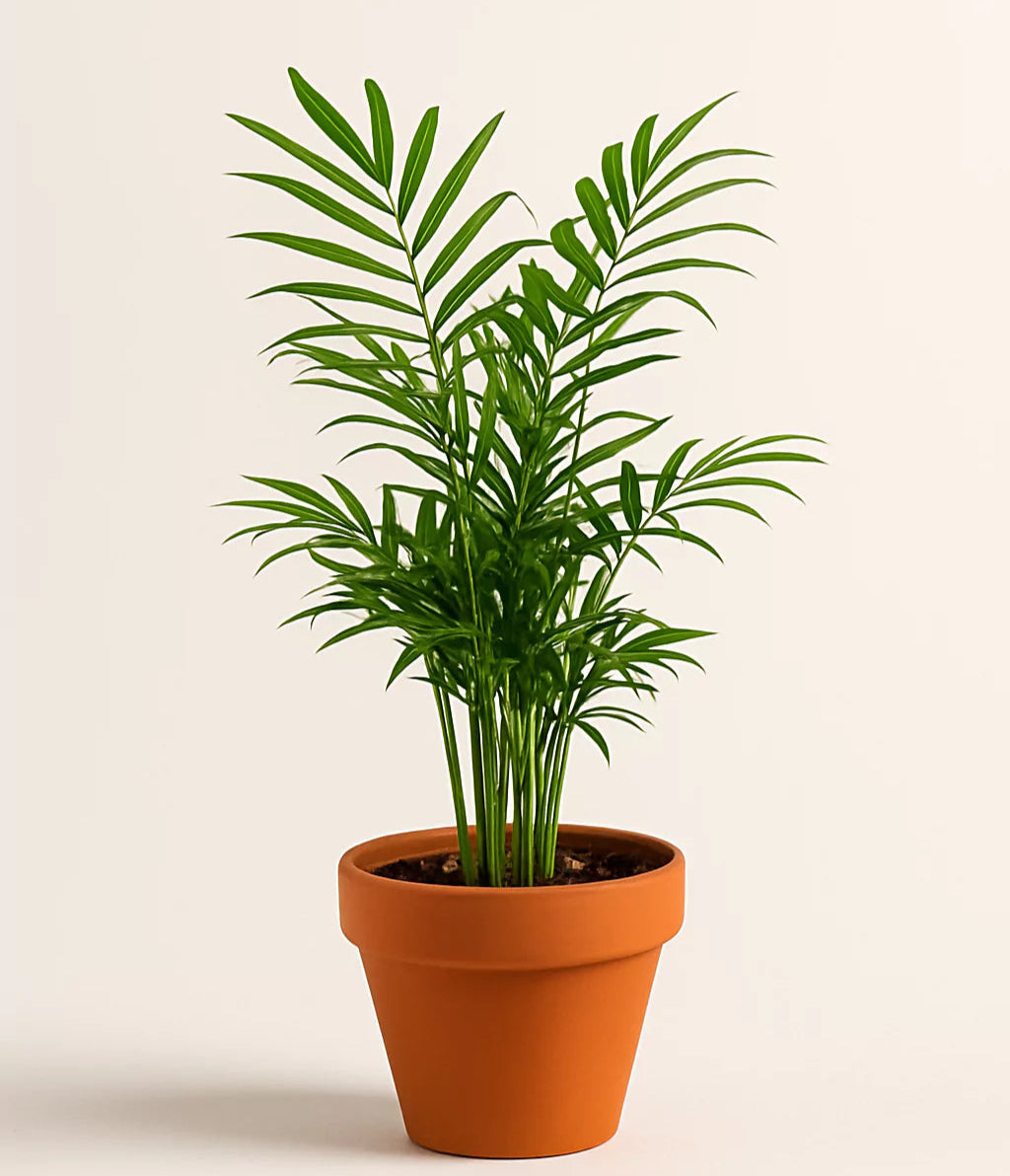Indoor plants do more than beautify our living spaces; they significantly improve the air quality in our homes. This is especially beneficial in the bedroom, where clean air can enhance sleep quality. In this blog post, we will explore the best indoor plants for bedroom oxygen, focusing on their benefits and care tips. We will also highlight the Snake Plant, which is available for purchase here.
Why Choose Indoor Plants for Your Bedroom?
Improving Air Quality
Indoor plants can filter out toxins and release oxygen, making the air cleaner and healthier to breathe. This is particularly important in the bedroom, where we spend a significant amount of time resting and recharging.
Enhancing Mood
Studies have shown that being around plants can reduce stress and promote a sense of well-being. This calming effect can contribute to a more restful sleep environment.
Boosting Humidity
Plants release moisture into the air through a process called transpiration. This can help prevent dry skin and respiratory issues, especially in dry climates or during winter months.

Best Indoor Plants for Oxygen
1. Snake Plant (Sansevieria trifasciata)
The Snake Plant, also known as Mother-in-Law’s Tongue, is one of the best indoor oxygen plants. It releases oxygen at night, making it an excellent choice for improving sleep quality.
- Care Tips: Place in indirect sunlight and water sparingly.
- Benefits: Filters out toxins like formaldehyde and benzene.
- Where to Buy: Purchase here.
2. Aloe Vera
Aloe Vera is renowned for its healing properties and oxygen-producing abilities. It’s a great addition to any bedroom for its air-purifying benefits.
- Care Tips: Needs bright, indirect light and should be watered every three weeks.
- Benefits: Releases oxygen at night and purifies the air from chemicals found in cleaning products.
3. Spider Plant (Chlorophytum comosum)
Spider Plants are easy to care for and efficient at increasing oxygen levels while filtering out harmful toxins.
- Care Tips: Thrives in bright, indirect light and requires moderate watering.
- Benefits: Removes pollutants such as carbon monoxide and xylene.
4. Peace Lily (Spathiphyllum)
Peace Lilies are not only beautiful but also effective at purifying air. They are one of the best plants for bedroom oxygen, contributing to a healthier sleep environment.
- Care Tips: Prefers low light and should be kept moist.
- Benefits: Absorbs mold spores and breaks them down, making the air cleaner.
5. Gerbera Daisy (Gerbera)
Gerbera Daisies are vibrant and excellent at improving indoor air quality.
- Care Tips: Requires plenty of sunlight and regular watering.
- Benefits: Removes toxins like benzene and trichloroethylene.
6. Areca Palm (Dypsis lutescens)
The Areca Palm is a natural humidifier and a great plant for increasing oxygen levels indoors.
- Care Tips: Needs bright, indirect light and consistent moisture.
- Benefits: Removes formaldehyde, xylene, and toluene from the air.
7. Bamboo Palm (Chamaedorea seifrizii)
The Bamboo Palm filters airborne toxins and increases oxygen levels.
- Care Tips: Thrives in bright, indirect light and should be watered when the soil is dry.
- Benefits: Removes pollutants and releases fresh oxygen, making it perfect for the bedroom.
8. English Ivy (Hedera helix)
English Ivy is versatile and can grow in various light conditions. It is particularly good at absorbing formaldehyde and providing fresh oxygen.
- Care Tips: Thrives in low to bright indirect light and should be watered when the top inch of soil is dry.
- Benefits: Reduces airborne mold and purifies the air.
9. Weeping Fig (Ficus benjamina)
The Weeping Fig is a popular houseplant known for its air-purifying qualities. It is one of the top indoor oxygenating plants that can improve the air quality in your bedroom.
- Care Tips: Needs bright, indirect light and moderate watering.
- Benefits: Filters out formaldehyde, xylene, and toluene.
10. Rubber Plant (Ficus elastica)
The Rubber Plant is robust and effective at improving indoor air quality by increasing oxygen levels.
- Care Tips: Prefers bright, indirect light and should be watered when the topsoil dries out.
- Benefits: Removes formaldehyde and purifies the air.
How to Care for Your Indoor Oxygen Plants
Light
Most of these plants prefer bright, indirect light. Avoid placing them in direct sunlight as it can scorch their leaves.
Water
Overwatering is a common mistake. Allow the soil to dry out between waterings for most plants. Always check the specific needs of each plant.
Humidity
Some plants, like the Peace Lily and Areca Palm, benefit from higher humidity levels. Consider using a humidifier if the air in your home is particularly dry.
Cleaning
Dust can block the pores of the leaves, hindering their ability to purify the air. Wipe the leaves with a damp cloth regularly to keep them clean and healthy.
Additional Tips for a Greener Bedroom
Incorporating more plants into your bedroom can create a lush, calming environment. Here are some additional tips:
- Group Plants Together: Placing plants in clusters can create a mini jungle, enhancing humidity and making care easier.
- Use Different Sizes and Shapes: Mix tall plants with trailing vines to add visual interest.
- Choose Decorative Pots: Beautiful pots can complement your bedroom decor and make your plants stand

